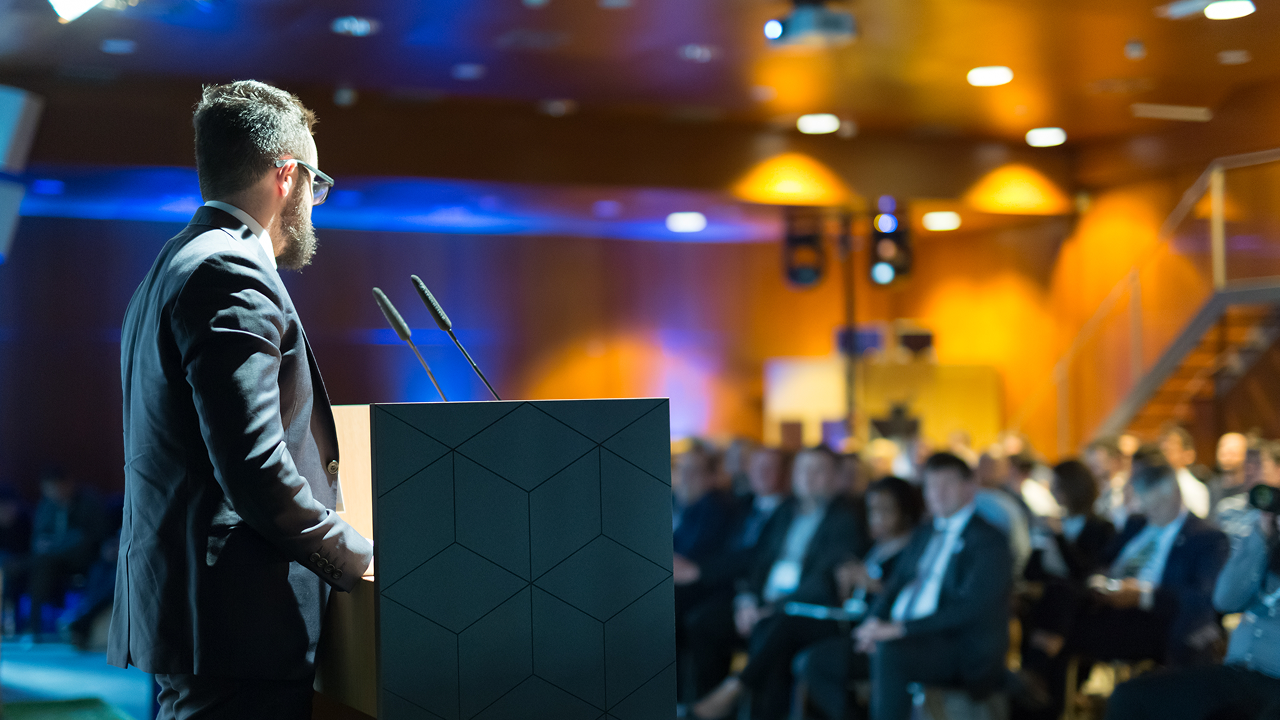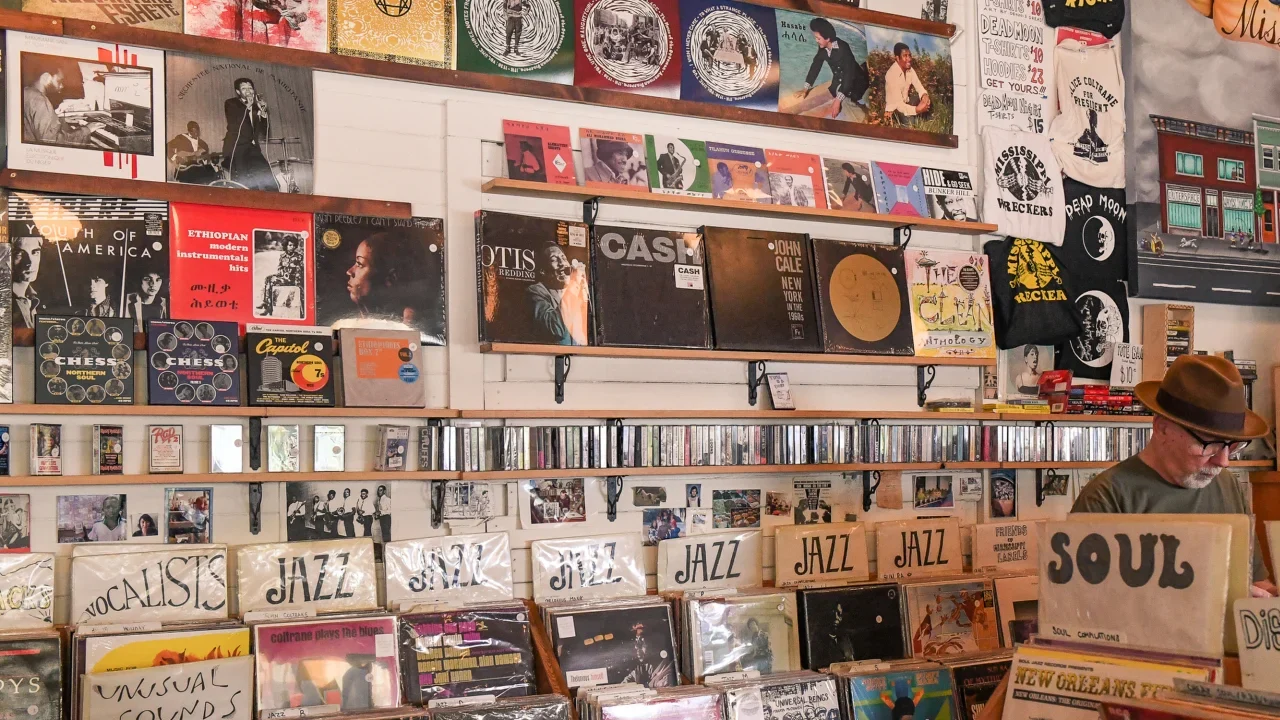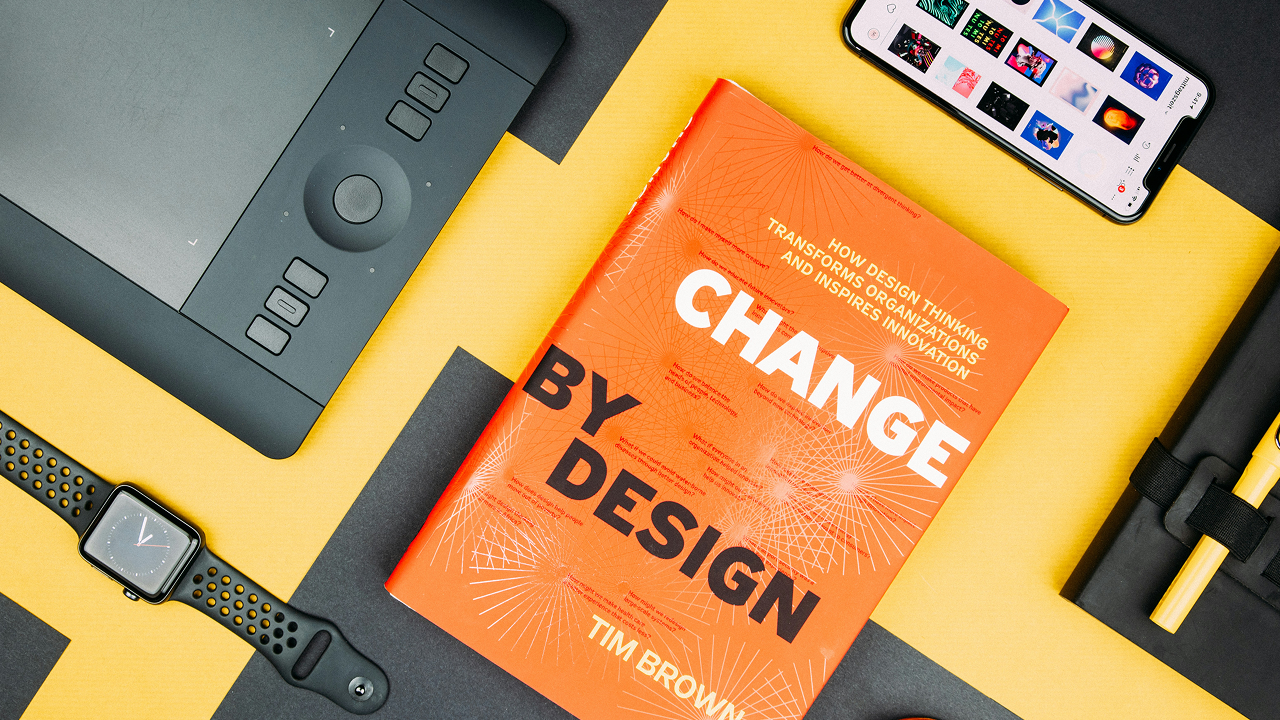How Compelling Space Design Impacts Marketing
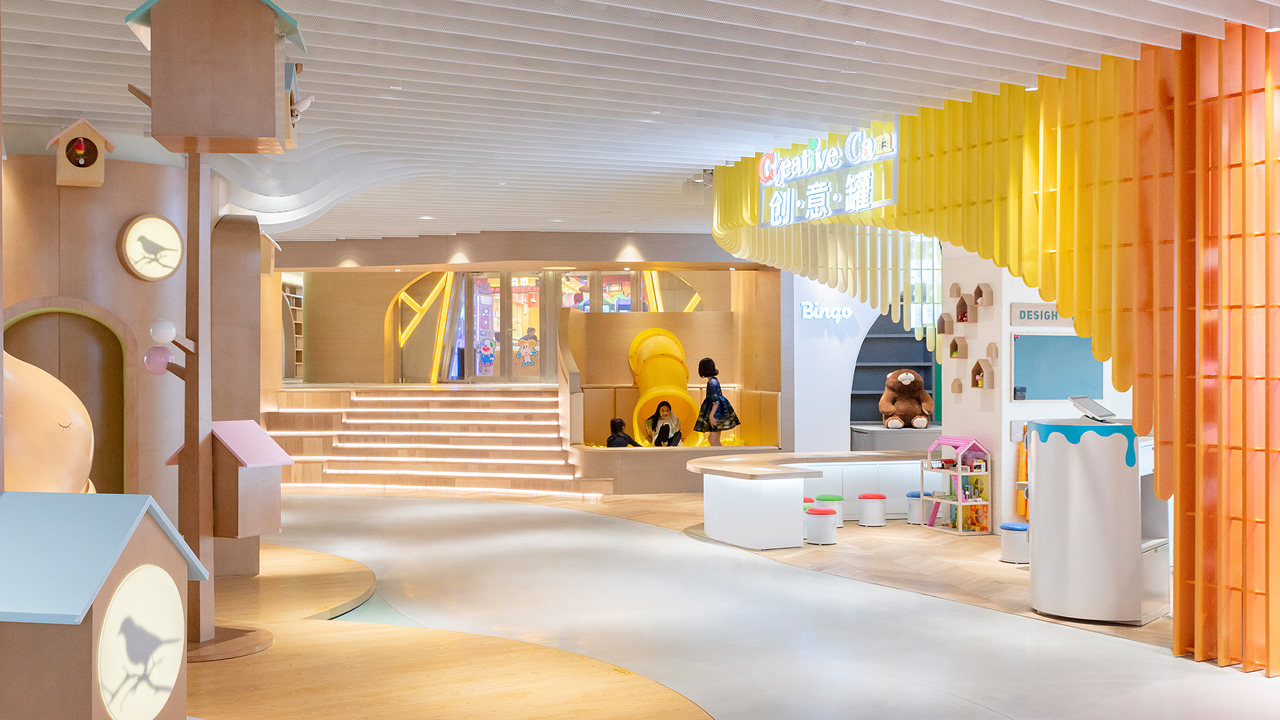
What does space mean to you?
Designing your architectural brand expression has a huge impact on your marketing. A unique and attractive space design plays a key role in building a brand identity that sets you apart from your competitors and increases your brand value.
Spatial retail strategy is divided into exterior and interior design. Some spaces are eye-catching from the outside, while others can completely change the environment inside with clever strategies to create new spaces. These experiential, engaging, multi-sensory behaviors create a spatial brand narrative, which in turn positively impacts the brand. In this blog, we will catch a glimpse of some remarkable examples of spatial retail strategy that combines the best of Commercial placemaking and Spatial psychology.
1. Apple Xinyi A13 in Taiwan
The Apple Xinyi A13 features a curved roof and massive glass facade that resembles a giant MacBook. The building has a carbon fiber canopy that stretches beyond the curved glass walls. This space is the most representative of the Architectural brand, as it is completely on point.
The store is organized on two levels, with the ground floor dedicated to product browsing and purchasing, and the basement a “forum” for events and training. There are two marble composite staircases and a video wall.
The store creates a tranquil public space in a busy city center, offering a unique shopping experience. The store’s design attracts visitors and provides space for learning and creativity.
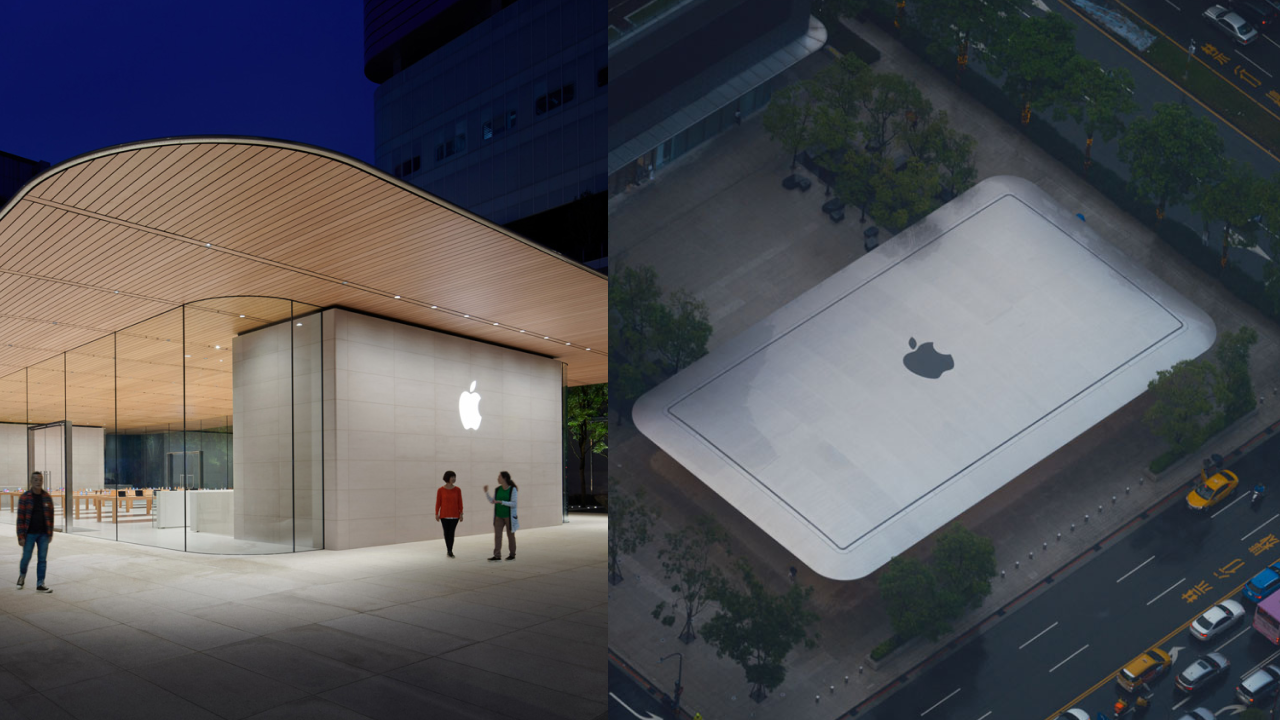
2. Marina Bay Sands in Singapore
Marina Bay Sands consists of three 57-story towers connected by a rooftop sky park. It features a design inspired by a deck of cards. The building has grown into a spatial brand signature and is considered a must-see tourist attraction and a must-visit place to live in Singapore, helping to boost the country’s economy.
It includes a convention center, shopping mall, theater, restaurants, gardens, an infinity pool, and a 12,400-square-meter sky park with an observation deck. Not only on the outside, but also on the inside, the design allows guests to enjoy a variety of experiences in one place.
From luxury accommodations to entertainment and dining, the mixed-use resort attracts tourists and locals alike. Its iconic design has now become a symbol of Singapore’s modernity.
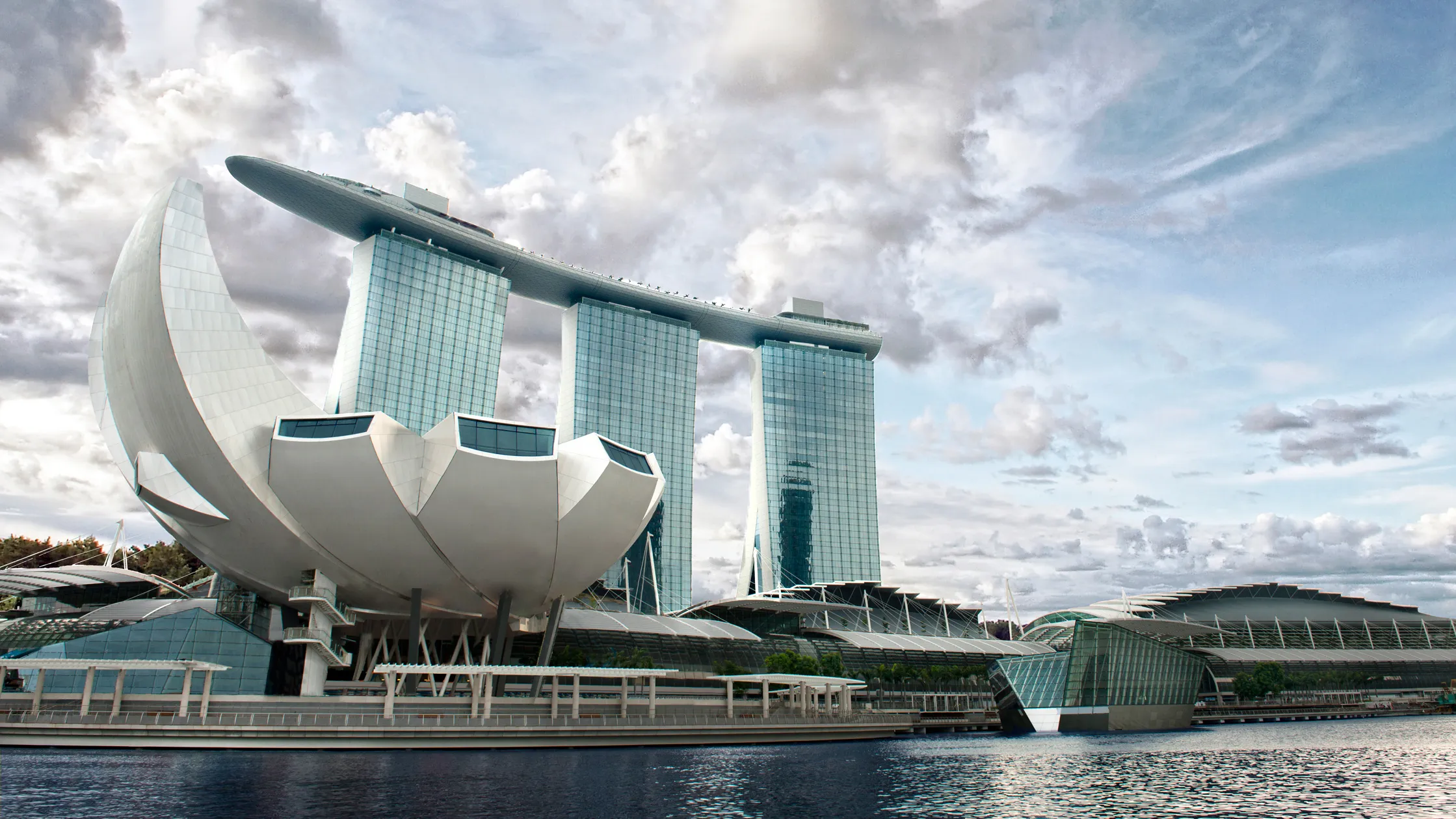
3. NYC-Based Toy Store CAMP’s Secret Play Areas
A memory-making environment is a wonderful thing for families. At first glance, CAMP in NYC looks like any other toy store, but the moment you walk through the door, you’ll realize it’s a completely different experience.
A secret entrance called the “magic door” leads to a themed experience, and the open room layout encourages free exploration. The themed experience changes every four months, making it an ongoing experience that’s not just a one-time visit.
It is an interactive brand landscape that combines a traditional store and a playground, and is an immersive space for children and parents to enjoy together. Their unique space, where you can try out toys and make memories with your family, can lead to toy purchases. It’s a very smart marketing strategy.
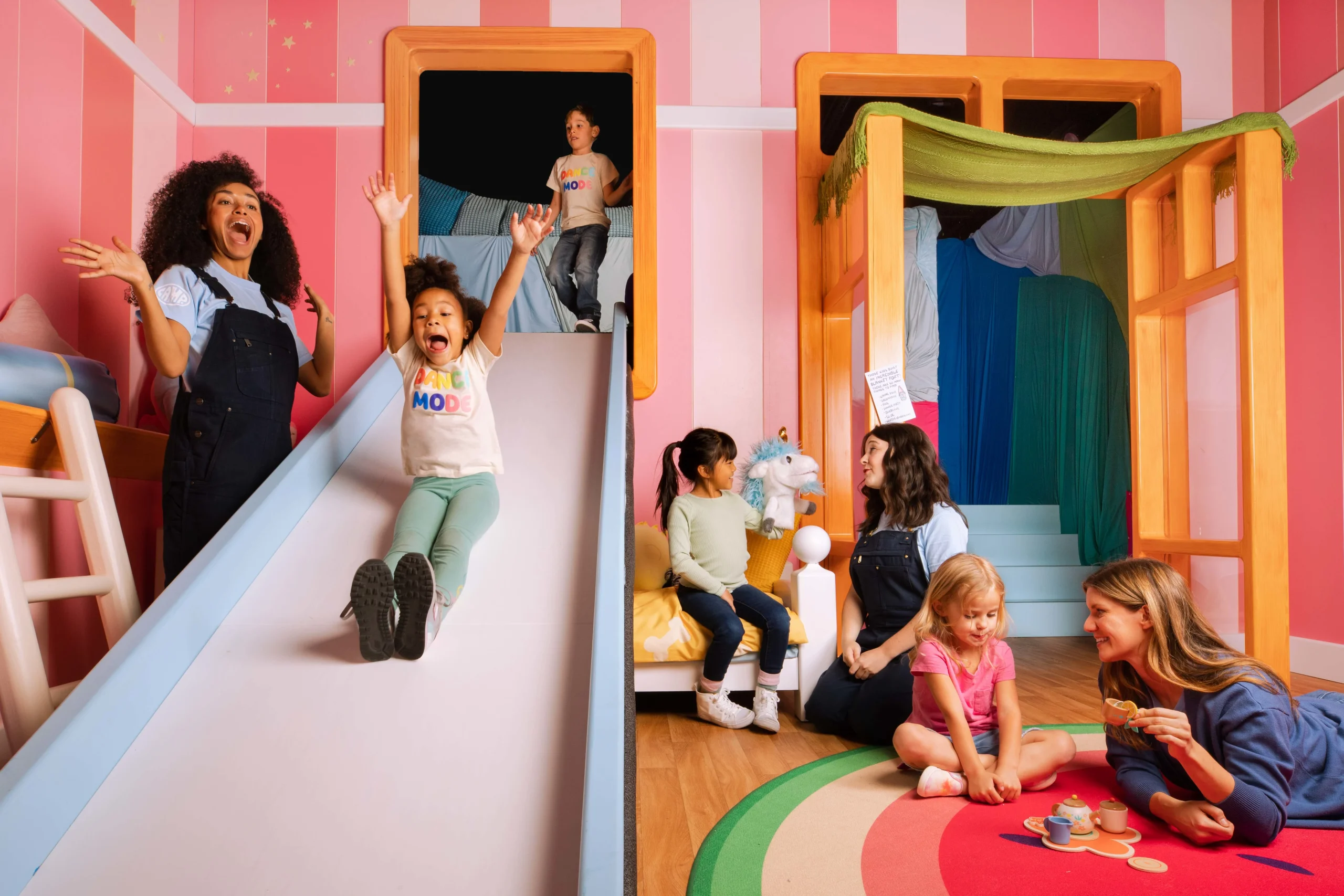
4. Foundation Louis Vuitton in France
Designed by Frank Gehry, the Louis Vuitton Foundation building features 12 curved, translucent “sails” made of glass panels that create a dynamic, sculptural facade. The Louis Vuitton Foundation operates as a legally separate non-profit organization as part of LVMH’s promotion of art and culture.
It features 11 galleries, an auditorium, and a variety of flexible spaces. Inside, there are complex circulation options with multiple floors and half-floors.
The building offers visitors a unique art experience and enhances the cultural landscape of Paris by combining striking architecture with world-class exhibitions. This cultural experience reinforces the brand image of Louis Vuitton, and visitors become potential Louis Vuitton customers.
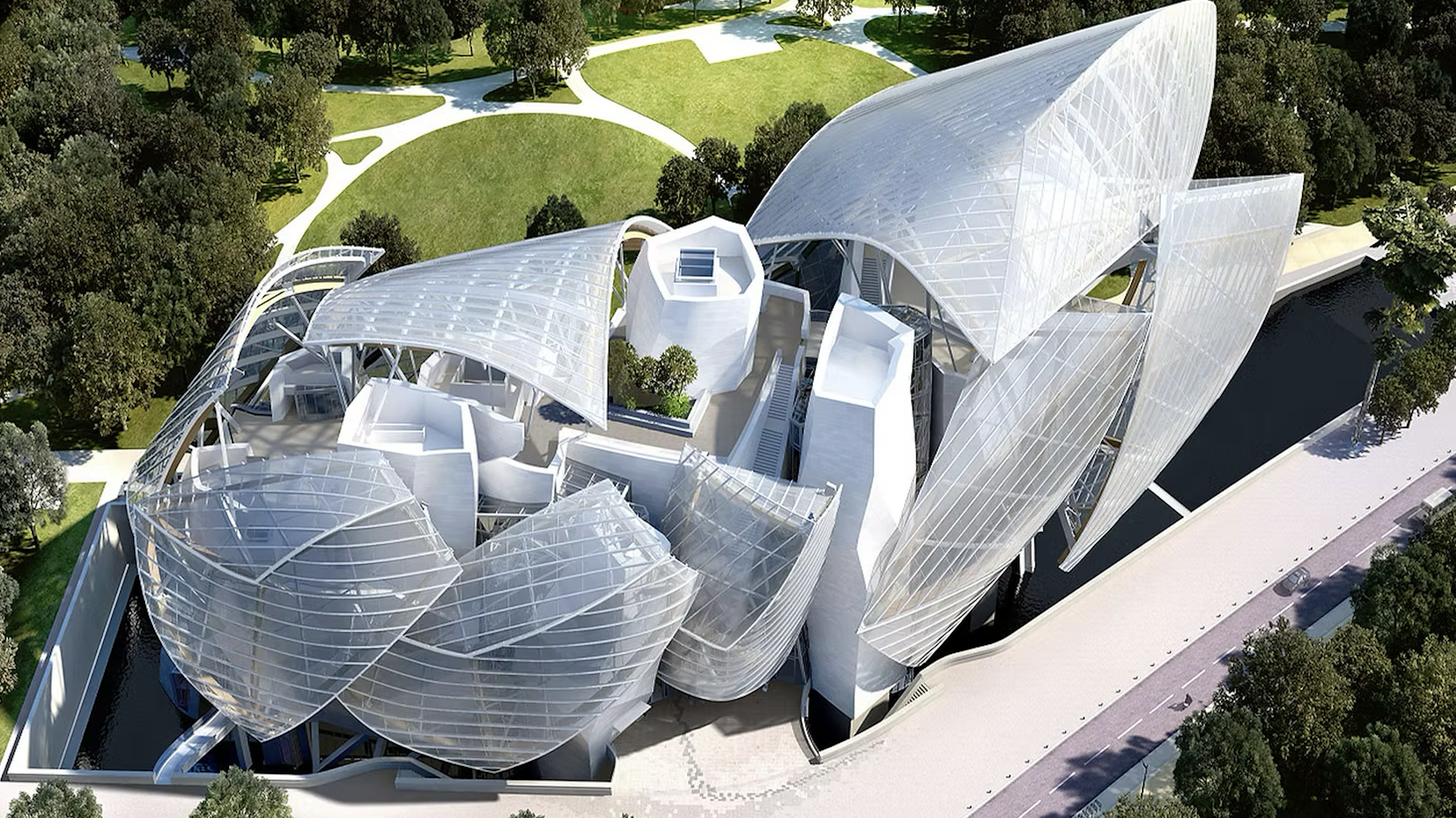
5. Old Factories in Seongsu, Korea
Old industrial buildings and warehouses are being repurposed while retaining their original structure. In Seoul’s up-and-coming neighborhoods, especially Seongsu and Mullae, old buildings are being renovated, former steel mills are being transformed into new art meccas, and architecture is being discovered and coexisted with.
These spaces are home to galleries, cafes, boutiques, restaurants, and more, incorporating modern design while preserving industrial elements.
The transformed factories have become popular destinations for young creatives and visitors, providing a unique cultural experience and contributing to the trendy vibe of the neighborhoods. Repurposing existing abandoned spaces can also create new spaces at no additional cost. These spaces, with their unique themes, make retail storytelling even more meaningful.
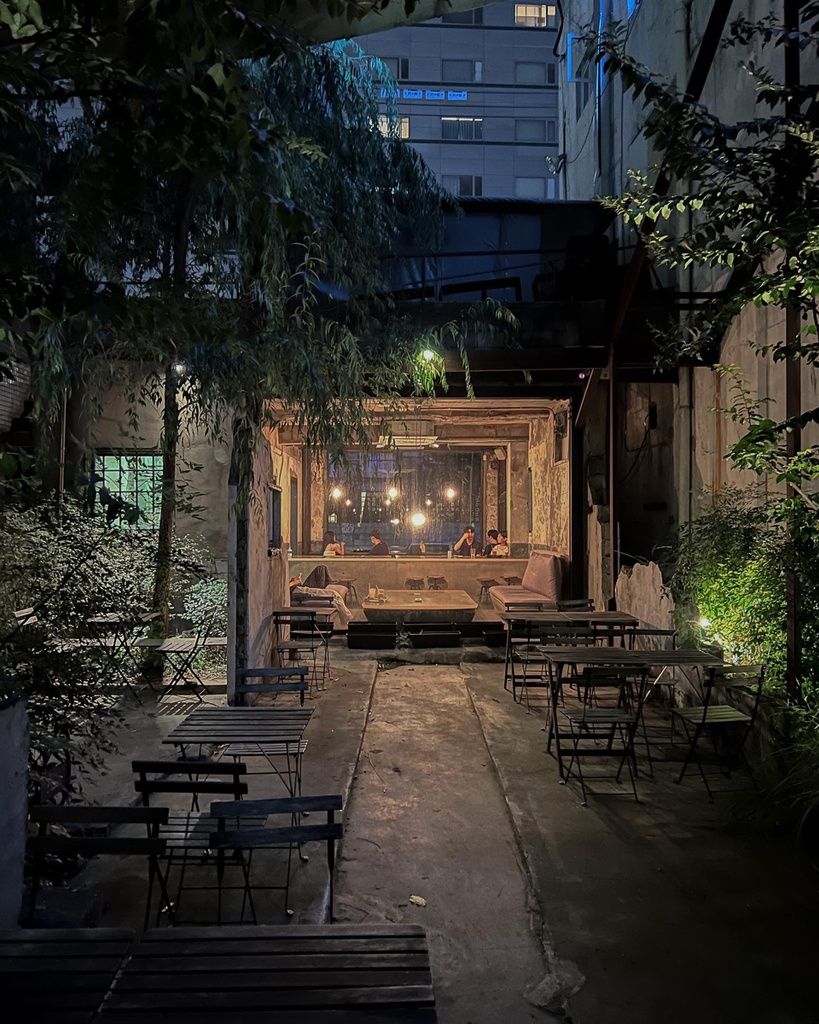
Marketing-wise, these spaces reinforce the brand experience and create a natural word-of-mouth effect on social media. Unique and beautiful spaces are photographed and shared, which creates a virtuous cycle that attracts additional visitors. Innovative space design can, therefore, be utilized as a strategic marketing tool to enhance the brand experience and lead to increased customer acquisition and sales.
Book a free consultation with us to find out how you can enhance your store experience with your digital experience.

